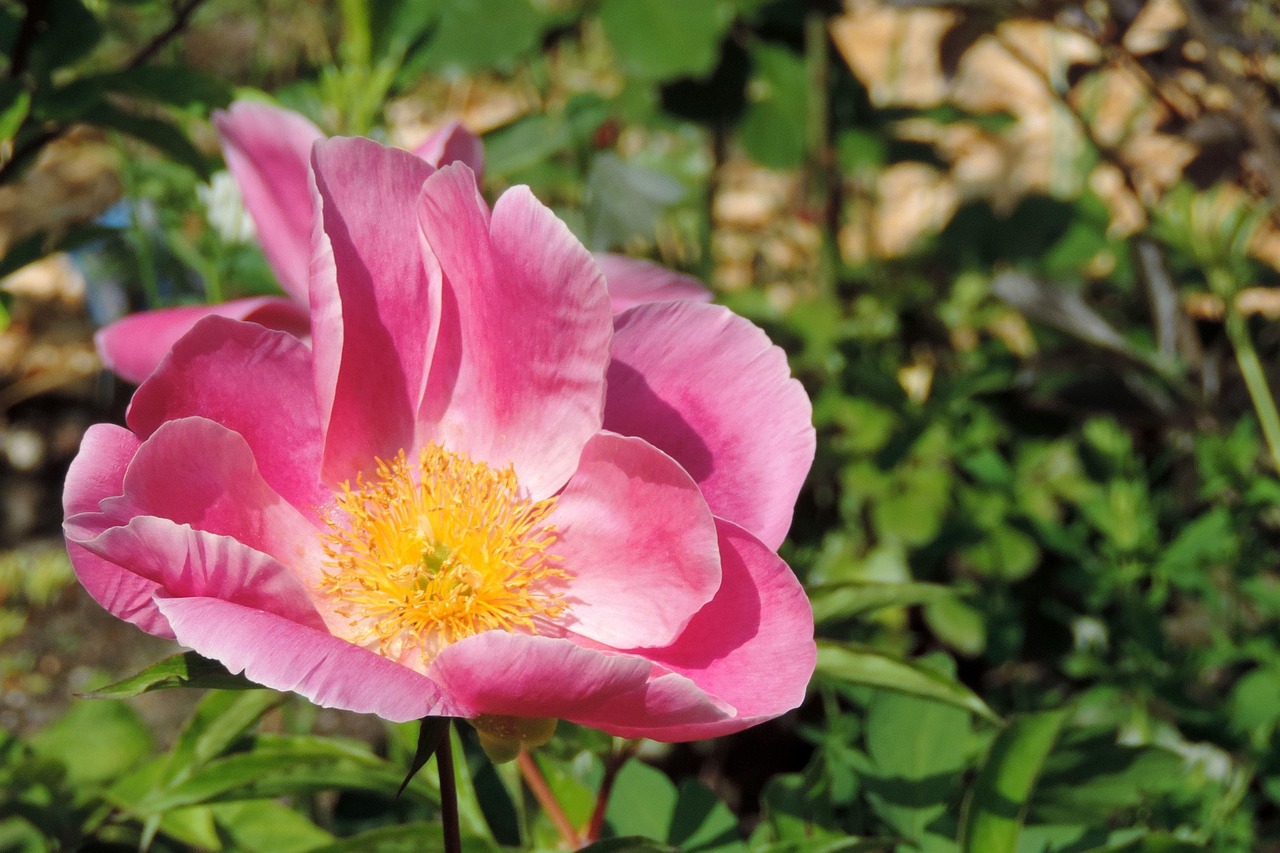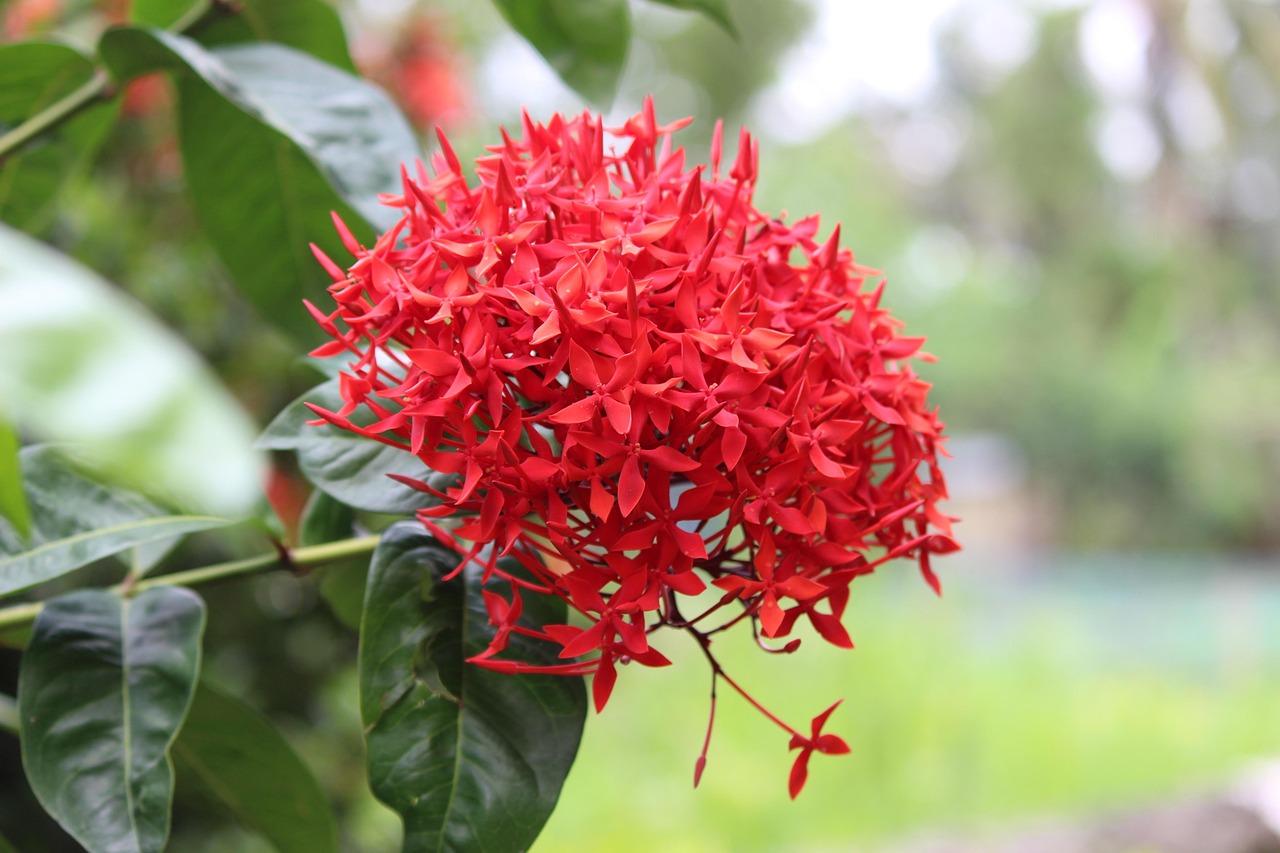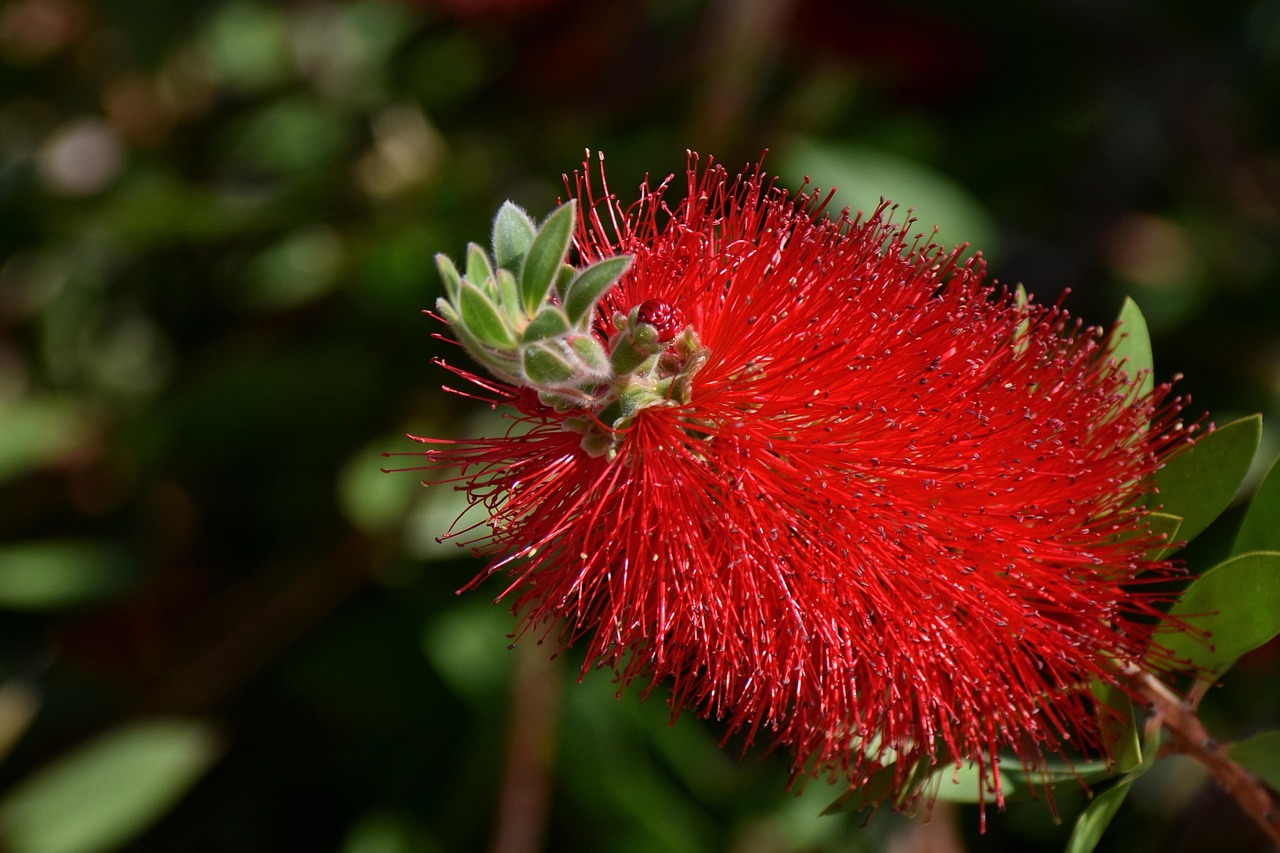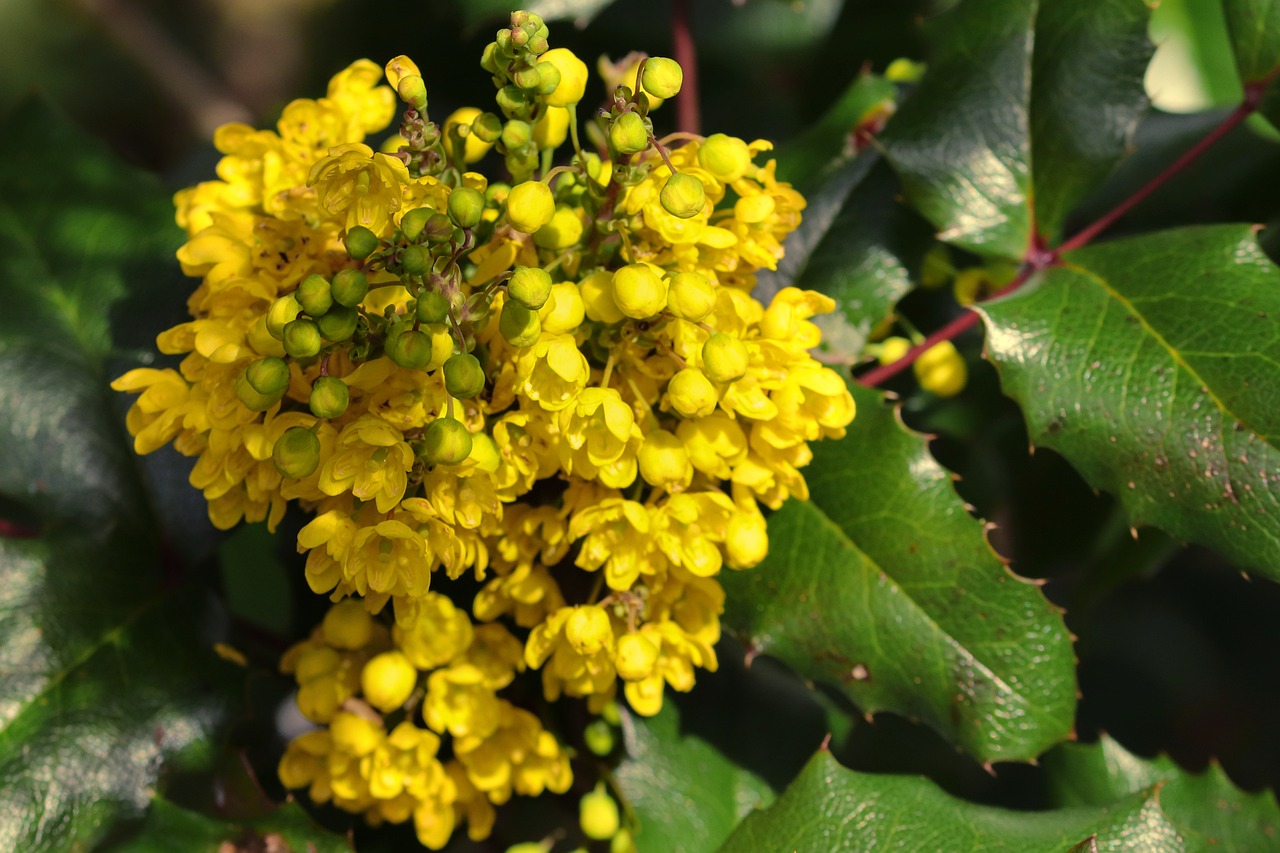Myrtle | An Evergreen Tree of Fragrance and Celebration Rooted in the Mediterranean World
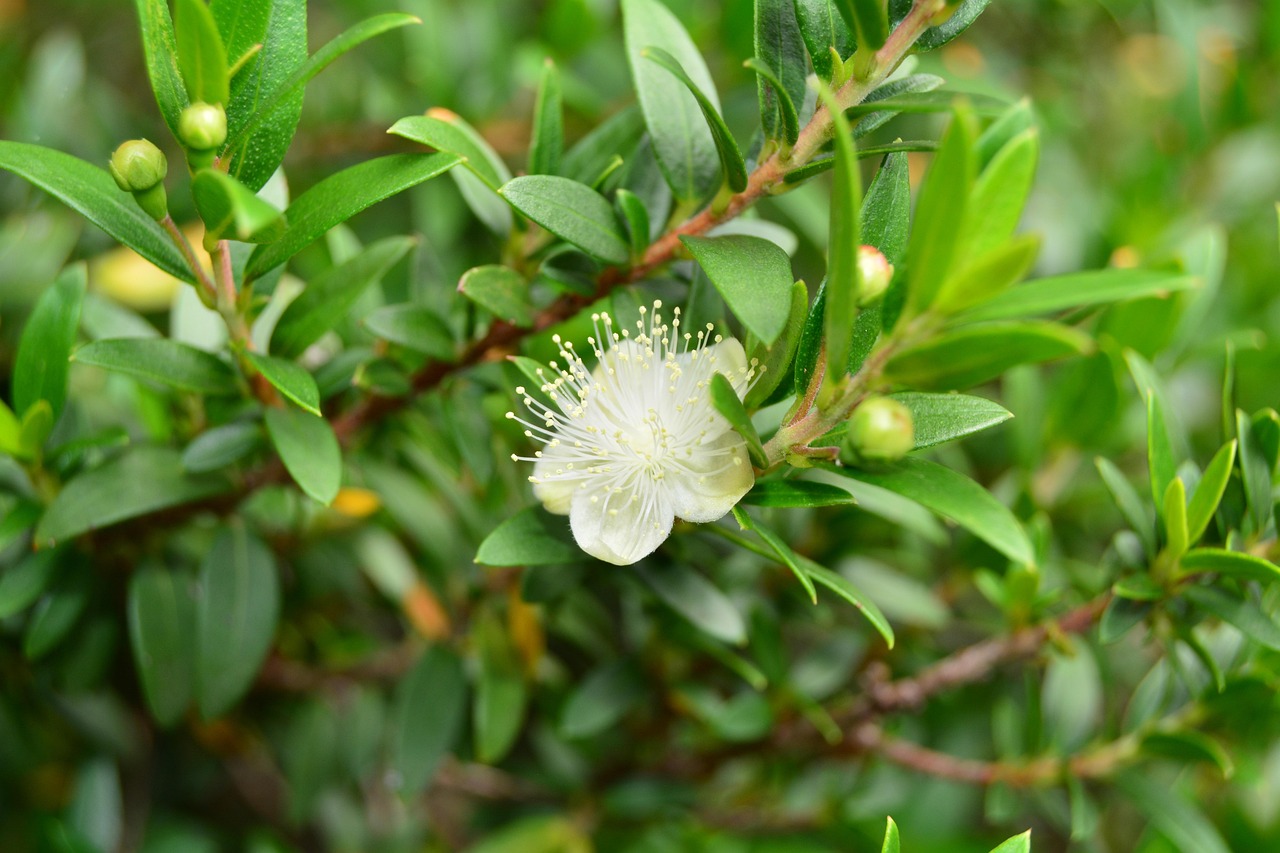
I introduce myrtle, an evergreen shrub distinguished by its pure white flowers and aromatic leaves. Widely cultivated around the Mediterranean coast, it is cherished as an ornamental plant and garden tree.
Its delicate white blossoms are beautiful, and the fragrant leaves are used in various ways.
In this article, I will explain the basic information, cultural and historical background, and cultivation methods of myrtle in detail.
Basic Information
- Scientific name: Myrtus communis
- Family: Myrtaceae
- Origin: Mediterranean coast, Western Asia
- Appearance: An evergreen shrub with glossy, narrow leaves. From May to July, it produces small white flowers with delicate, thread-like stamens and a sweet fragrance. In autumn, it bears dark purple fruits.
- Flowering season: May–July
- Fruiting season: Autumn
Cultural Significance Worldwide
Myrtle is widely cultivated as a garden tree or hedge and has been loved in many cultures.
In Europe, it remains deeply associated with weddings. Since the time of Queen Victoria, it has been a tradition in the British royal family for royal brides to include a sprig of myrtle in their bouquets.
In Southern Europe, myrtle branches are often used as wedding decorations. In Italy and Greece, bridal crowns made of myrtle are crafted to bring good fortune to the bride.
In the Mediterranean region, it is commonly planted in gardens and parks. In Spain and France, myrtle is especially popular as a fragrant garden tree.
In Greece, branches of myrtle are used as ornaments and are treasured as symbols of celebration and family unity.
In parts of North Africa and the Middle East, myrtle is still regarded as a sacred plant and is planted around places of worship. In Morocco, traditional gardens often feature myrtle, where its greenery and fragrance bring people comfort and peace.
Historical Background
Myrtle has held special significance since ancient times in Greece and Rome.
In Greek mythology, it was dedicated to Aphrodite, the goddess of love and beauty, and symbolized love and eternal beauty.
In ancient Rome, wreaths of myrtle were bestowed upon victors and heroes as symbols of glory and triumph.
During medieval Europe, myrtle was cultivated in monastery gardens and valued as a plant of religious meaning.
From the 17th century onward, it spread as an ornamental plant across Europe, and in the 19th century, it gained popularity in Victorian England as a symbol of “marital happiness.”
This tradition continues to the present day, as myrtle remains an indispensable feature of royal weddings in the United Kingdom.
Gardening Advice
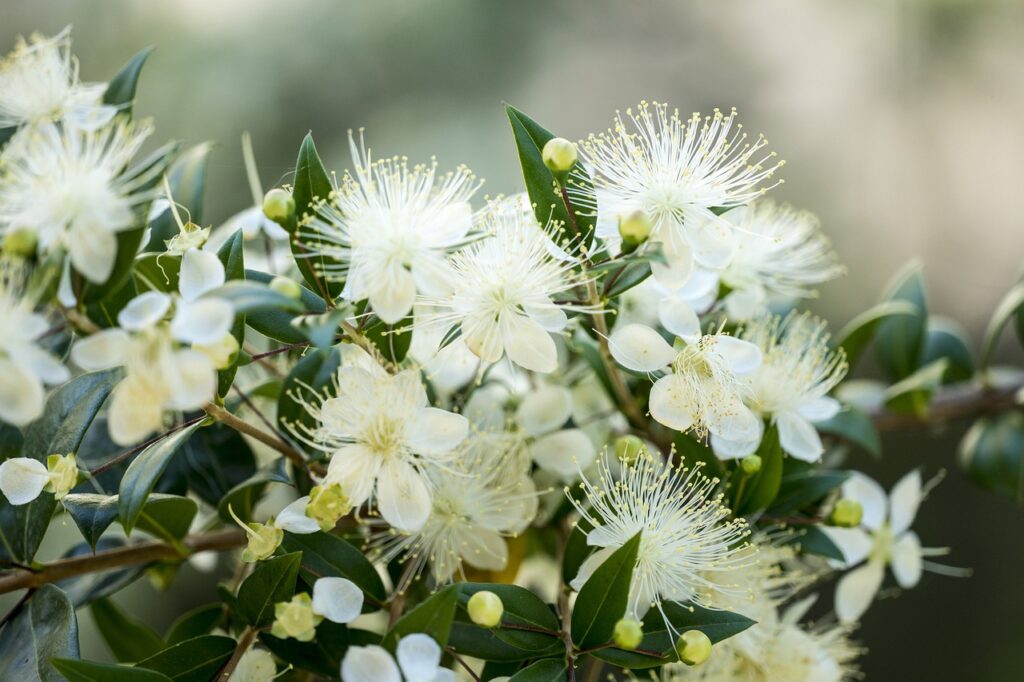
Myrtle is a hardy and easy-to-grow plant, but there are key points to ensure it grows beautifully and healthily.
Sunlight
Prefers full sun. It can grow in partial shade, but flowering may be reduced.
Watering
While relatively drought-tolerant, young plants should be watered moderately when the soil surface dries. Mature plants withstand dry conditions, but watering is necessary during hot summers.
Soil
Well-drained and moderately fertile soil is ideal. Although it tolerates sandy soil, organic matter enhances growth.
Fertilizer
Apply slow-release fertilizer in spring and autumn to encourage blooming. Avoid over-fertilizing, as it can lead to excessive foliage growth.
Pruning
Prune after flowering or at the end of winter to maintain shape. Trim back overgrown branches moderately to preserve an attractive form.
Cold resistance
Myrtle is relatively cold-hardy, but in severe winters, protection is recommended. For potted plants, bringing them indoors in winter is advisable.
Conclusion
Myrtle is an evergreen shrub admired for its fragrant leaves and pure white flowers.
In the Mediterranean, it is planted in gardens and parks, while in North Africa and the Middle East, it is still regarded as a sacred plant found around temples.
From ancient Greece and Rome, where it symbolized love and glory, to medieval Europe where it held religious meaning, myrtle has always carried deep cultural significance.
Even today, in Europe, it continues to be valued as a symbol of marriage and happiness.

